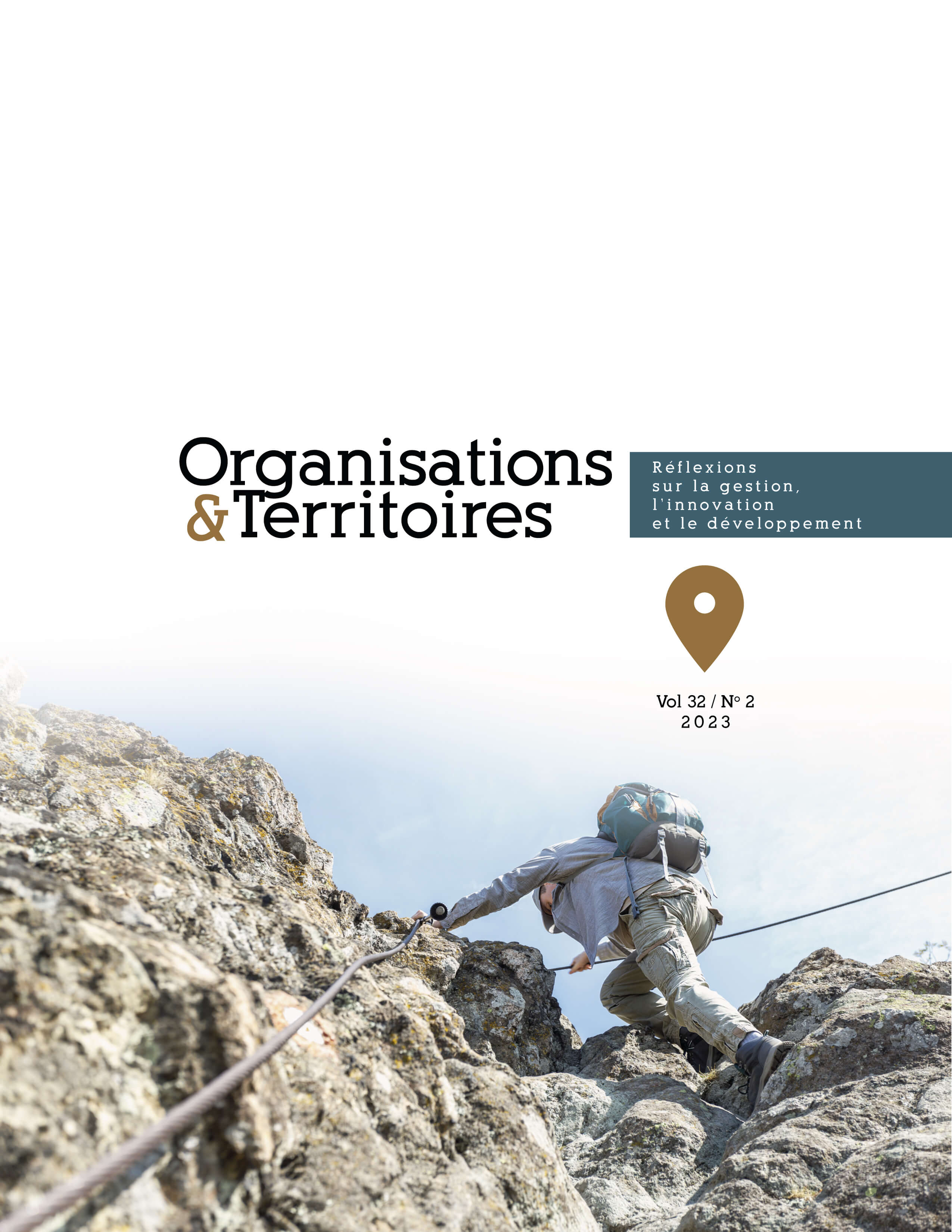Le réseau chilien d’aide humanitaire : quelle structure de gouvernance pour gérer les crises à la suite de catastrophes?
DOI:
https://doi.org/10.1522/revueot.v32n2.1598Keywords:
Complex networks, governance, crisis, structureAbstract
On February 27, 2010, an earthquake shook Chile. The magnitude of the disaster required a large-scale response mobilizing many stakeholders. The lack of effectiveness in managing the crisis following the disaster observed by the stakeholders, led them to build an emergency response network to coordinate future responses more effectively. This research aims to explain the creation and evolution of the governance structure of the Chilean humanitarian network between 2010 and 2019. The results show that the existing models, especially those proposed by Provan and Kenis (2008), do not explain the complexity of the third development level of development of the observed network. The theory of social network analysis and the concept of multilayered networks were used to explore its nuances. Thus, we propose an additional model we call “multilayer divided governance” to describe the last network structure observed from 2015 to 2019.



